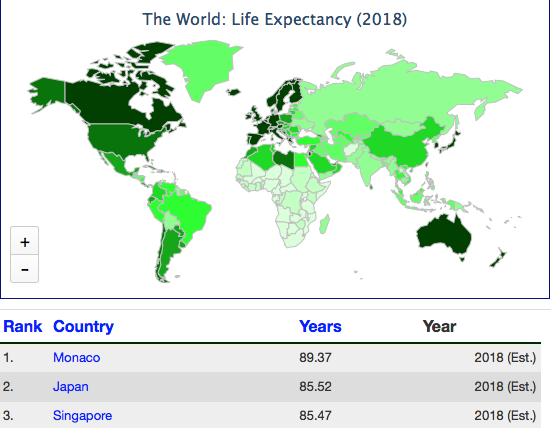Life Changing Statistics in the United States

December 14, 2018
The life expectancy in the United States of both men and women declined. Hawaiian residents live the longest, and Mississippians die sooner than other Americans. Compared to the rest of the developed world, the United States has room to improve.
Heart disease and cancer remain the primary causes of Americans’ deaths, but the long-term opioid crisis and suicide also ranked among the culprits. The Atlanta Constitution Journal reported the following sobering CDC statistics: “Between 2006 and 2016… death rates from from drug overdoses increased 72 percent and for suicides, 23 percent.”
More people are dying, and often opioid use is the cause. Lawmakers have weighed making addiction treatment easier to access and prevent drugs such as fentanyl from entering the market. Even a small amount of fentanyl can be fatal, and the CDC has listed it as the deadliest drug in America. Fentanyl is commonly consumed without the user’s knowledge, causing an accidental overdose. West Virginia had the most overdose deaths while Nebraska had the least.
Suicide has risen to be in the top ten causes of death and one of the top causes for a lowered life expectancy. An increase in suicides within military veterans and children contributed to the numbers.
Nancy Clayton, an ACJ reporter, stated that the worse case scenario for average life expectancy had the following in common: less education, low income, predominantly black, and lived in the South.
Dr. Robert Redfield, CDC director, said in a CNN article, that these statistics are a “wake-up call” that the United States loses too many Americans to preventable causes.
According to studies, the United States life expectancy is projected to continue on a downward trend while other developed countries hold steady or improve. As Popular Science writer Sarah Chodosh stated, “For a nation that spends more on healthcare per citizen than almost any other, America isn’t exactly reaping the rewards.”

